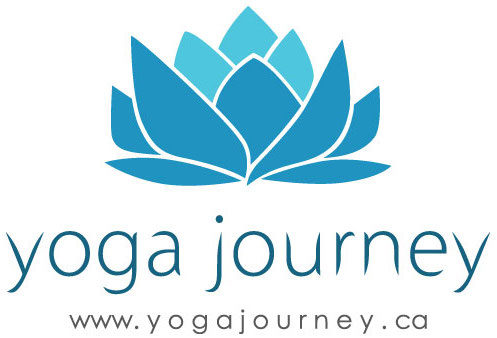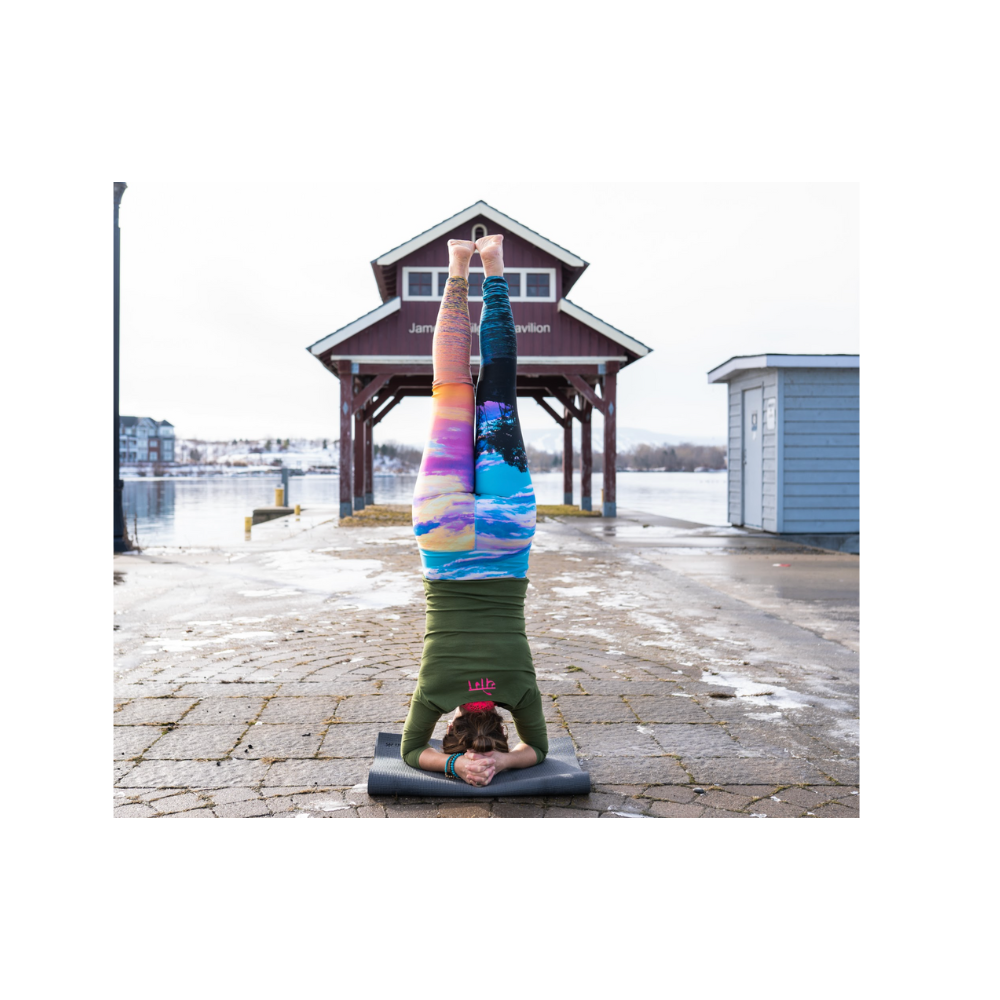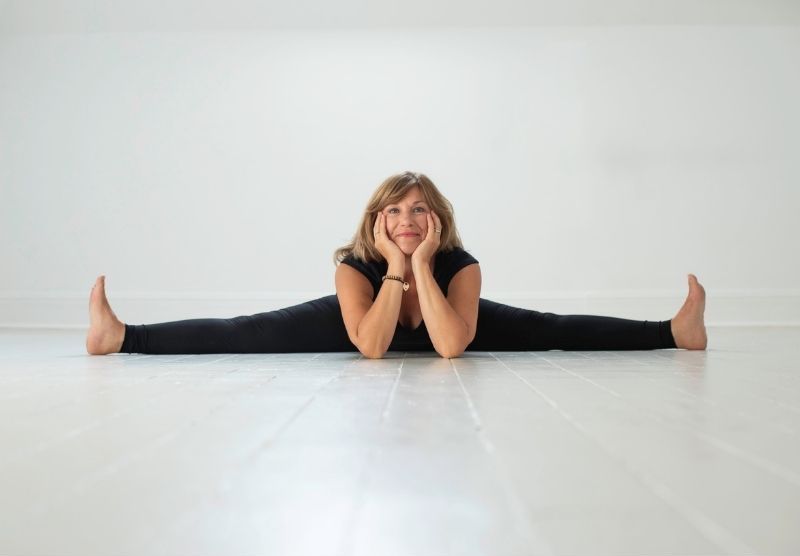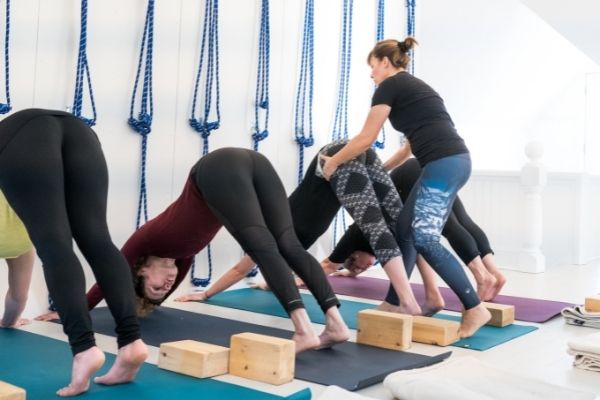Recently, I taught a workshop entitled Yoga for Emotional Health and Well-being. In the workshop we discussed how to utilize the tools provided by this ancient practice for our very modern emotional states that fluctuate between depression and anxiety and myriad of the facets along this continuum.
At times these emotions are subtle and stay below the surface. At other times they can feel completely overpowering. When they are overpowering, we actually identify with them and state, “I am depressed or I am anxious.” On the one hand, it is healthy to understand our state of mind and label it so that we can pay attention to it. On the other hand, if we identify with these emotions too much we actually can start to believe that we “are” them or that we are the embodiment of them. These are the states that bring us into depression and anxiety – an overwhelming sense of Dukha (suffering).
Yoga is an ancient practice that teaches us how to get out of these states of suffering (Dukha) and move towards states of balance and equilibrium (Sukha) – which, in turn, lead us towards our true Self. That part of ourselves that is free from suffering.
I truly believe this and I am passionate about sharing the power of practice that goes beyond the physical based on my personal relationship with yoga and how it helped me out of what seemed like a hopeless state of being. Unlike many people I know that practice yoga, it wasn’t tight hamstrings or a bad back that lured me in. It was my mental/emotional state.
Of course, it’s completely reasonable and absolutely fine to find your way onto a yoga mat due to tight hips, a sore lower back, or even just the desire to be able to bend over and touch your toes. In fact, one of my favourite challenges to give new students is to be able to stand up and put your socks and shoes on without sitting down (which is a practical application of one’s ability to balance). I believe that even these “physical” entrance points into yoga will eventually (often without us noticing) turn into mental/emotional points of practice. I also believe that when we learn to balance the physical body we learn to balance the mental body.
Yoga for emotional health and well-being is a subject that is near and dear to my heart because it’s actually what brought me to the mat. In my case, I was very stressed out, working all the time, in a marriage that was imploding and getting worse by the day. All the while I was putting up a brave front and acting as if I had it all together. It was exhausting.
Before I turned to yoga, I started running to clear my head. I would get up early in the morning and just run. I had no background in running; I knew no proper technique. I didn’t even have proper running shoes. I would just get up every morning and run.
It’s interesting because, looking back, symbolically I was trying to run away from my life. That one hour each morning gave me the opportunity to pretend I was in a different relationship and experience complete freedom from the ties that bound me to the heaviness of my day-to-day life.
One day a little voice inside my head stated, “there’s got to be something more to life than this”. Of course, I didn’t listen and the voice continued, and eventually got louder and for some reason at that moment, the concept of starting a yoga practice came to my mind.
The only yoga that I’ve ever done was while I was in university and as far as I can recall we used to lay down or sit upright and stare at a candle. Definitely not what an English major needed because I spent my days hunched over books in the library, reading and writing and reading some more. An actual physical practice would’ve been so much more beneficial. I didn’t keep up this practice because it didn’t serve me and I never thought about yoga again until that little voice inside my head paid me a visit (and wouldn’t leave!).
What brought me to the practice of yoga so many years ago was my emotional health and well-being or actually my lack thereof. I lost myself in my job and in a bad relationship and I felt like there was no way out. Admittedly, my first yoga class did feel very physical to me but somehow, intuitively, I knew that it was going to be the port I needed to shelter from what was the storm of my life at that time.
I poured myself into the practice and caught glimpses of mental equilibrium here and there. I learned techniques on how to bring my attention and awareness to my breath to help me identify when the Vrittis (fluctuations) in my Chitta (consciousness) were taking over. Through dedicated practice, I learned effective coping mechanisms that supported me as I faced the broken pieces of my life that needed to be picked up and stitched back together or destroyed completely.
During my recent workshop on this topic, I discussed the different types of depression, Tamasic depression and Rajasic depression. The first being heavy, dense, dull, dark, and prone to what we would consider to be depression and the second prone to what we would refer to as anxiety – difficulty focussing scattered thoughts, hyperactivity, feeling ungrounded, difficult to settle.
“Depression can cause us to lose perspective to see ourselves and everything around us through a veil of darkness and doubt. This is a form of Avidya or spiritual ignorance. Through self study. We learn to distinguish the different voices inside of us. We learn to recognize when it is the voice of depression that speaks. Our depression can make us behave differently and make choices that feed our depression .”
Patrica Walden
As human beings, we actually fluctuate between depression and anxiety and all of the modes in between these two extremes on a regular basis. This certainly rings true for many female practitioners that experience the continual fluctuations in their hormonal systems.
In the workshop that I taught, I referred to a document written by Patricia Walden, who is a Senior Iyengar Yoga Teacher in the USA. The title of the document is called, Take a Step, No Matter How Small: Yoga for Emotional Healing. It’s a powerful document that teaches us the importance of identifying where we’re at, how we feel, and how to practice effectively in order to move forward towards a state of emotional stability (which while always fleeting is worth pursuing).
I wish that I would have had access to this resource decades ago when I started practicing but I am equally so grateful for it now and am passionate about sharing its wisdom. To be honest, I am not entirely sure I would have appreciated or understood the depth of this practice all those years ago so, in reality, it probably entered my life at the perfect time.
Practising yoga for emotional health and well-being is not an easy task; it requires Tapas, self discipline and willpower. It requires that we take a look at old patterns and current patterns of behaviour which are referred to as Samskaras, habits and imprints. It also requires that we commit to Svadhyaya (self study/the study of self), one of the Niyamas on the eight-limbed path of Yoga.
“Anything that brings you along in your life in a positive way is tapas.”
T.K.V. Desikachar
Another important concept is the idea of Sankalpa (setting an intention) or formulating a plan of action as an important part of the healing process. In order to effectively navigate all of the emotional fluctuations we experience and feel like we have some control over our response to these states we must have an action plan.
“Sankalpa is a catalyst for growth and a guiding force for your daily routine. It is what you tell yourself you plan to do.”
Patricia Walden
I will leave you with this concept to consider further:
“Even when we are not able to change the substance of our thoughts, we can influence the energy of the instrument with which we think those thoughts, for example, the mind.”
Patricia Walden
This quote gives us much to consider as we navigate the turmoil of our modern lives. In our darkest moments, when it’s so difficult to see the light we can seek comfort in the concept that WE actually are the light.
“It is through your body that you realize you are a spark of divinity.”
B.K.S. Iyengar




